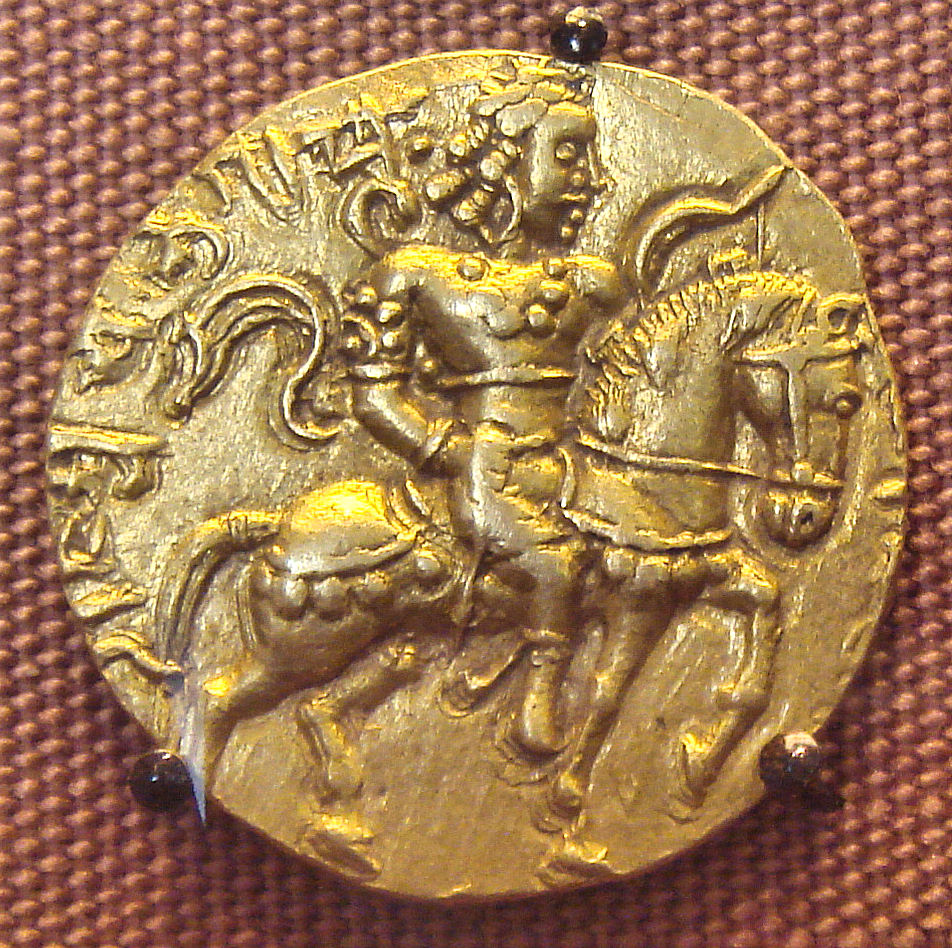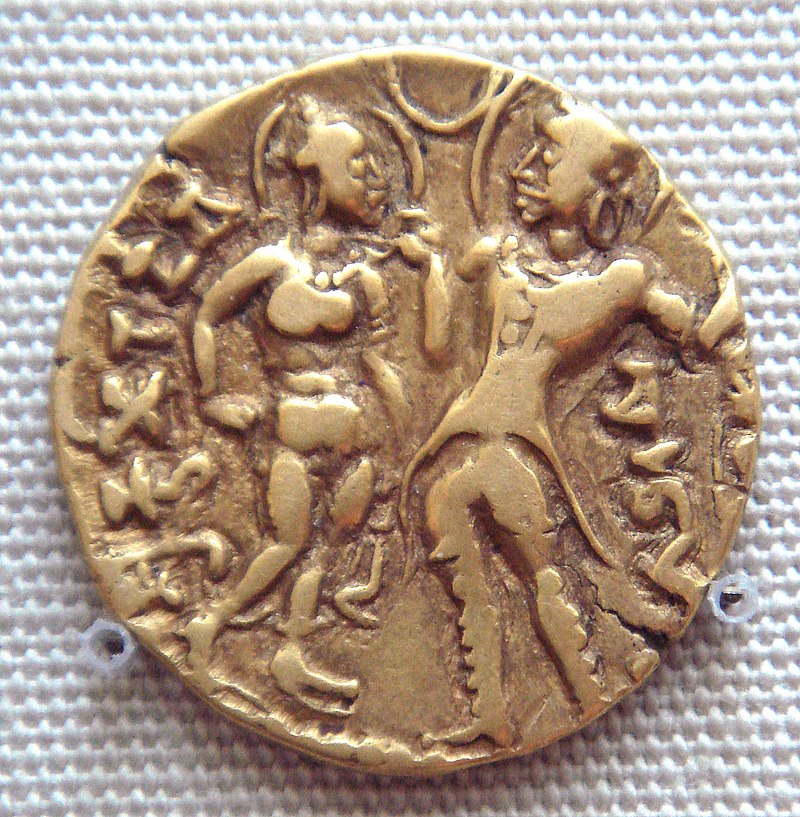The emergence of the Gupta Empire around the opening decades of the 4th century AD marked the beginning of a new phase in Indian History. Several great rulers set on the throne during the Gupta periods such as Chandra Gupta I, Samudra Gupta, and Chandra Gupta II. These rulers were not only great military conquerors but at the same time. They were great administration highly developed efficient & effective administration system was created by Gupta rulers to manage affairs of the state successfully.
The references foundation contemporary source such as Kamandaka’s nitisar (Prime Minister of Chandra Gupta I), works of Kalidas & Fahiyan, etc. through light on the essential elements of the Gupta political-administration system. Gupta’s political system was monarchical in nature. The king was head of state.
Gupta King was a highly prestigious concept
The position of king was a highly prestigious concept of divine monarchy that was followed king was considered to be a symbol of God. Monarchy was hereditary & the law of primogeniture was followed. High sounding titles were adopted by Gupta ruler – Mahadhiraja, Parambhagvata.

The Gupta polity was despotic in nature because the king was all-powerful. A large council of ministries/advisors was maintained by Gupta rulers. But the decision of the king was final. Gupta policy was centralized in nature. The affairs of the entire empire were controlled from the capital by the king with a large body of officials.
Elements of decentralization were also present in the nature & character of the Gupta polity. Because the guild enjoyed a high degree of autonomy. At the village level, local administration was looked after by people under the leadership of the village headman.
Elements of the bureaucracy state were also present in the character of the Gupta polity. A large number of officials were appointed by the state to look after various aspects of administration. Mahasandhi Vigrahika was the minister of peace & war. Senapati was the head of the army. Bhashapati was head of the cavalry. Mahapilupati was head of the elephant force. Purapala was head of city administration.
Provincial & sub-provincial administration was also in the developed state in Gupta administration. Empire was divided into several provinces “Desha”/Avani/Bhukti.” Uparika Maharaj was head of provincial administration. The head of frontier provinces was known as Gupta provincial governor were appointed after careful examination of the personality of the candidate. They were transferred after every 5 years.
Provinces were divided into several districts – Visha Vishapati/Kumaramatya was the head of district admin. He was assisted by several other officials such as Pustapal (was in-charge of record-keeping at the district level). The village administration was managed by a traditional village headman. The participation of local representative elements in district administration was an important feature of the Gupta policy.
Gupta’s Political System
Gupta political system was liberal & progressive as people enjoyed a high degree of freedom state didn’t interfere in the private life of citizens. Elements of the welfare state were also present in Gupta political system. Grants were issued to temples & education institutions. The man of learning & religion was supported by the state. Sudarshana Lake was repaired by the state at a huge cost during the reign of Skanda Gupta.

Gupta polity was secular in character because the ruler didn’t impose their personal belief & practice on the people. Proto feudal elements can also be seen in the political & administration system of the Gupta period because the Gupta rulers issued a large number of land grand to Brahmans, temples & senior military commanders. These receivers of land grand gradually got transformed into powerful feudal lords. Gupta’s policy was imperialistic in nature because Gupta rulers pursued a policy of territorial expansion. A regular military campaign was organized. Samudra Gupta was a great military conqueror Allahabad pillar inscription composed by Harisena (minimum of peace & war) of Samudra Gupta provides detailed information about the military achievement of this great ruler.
Matrimonial alliances formed an important component of the foreign policy of Gupta rulers. These alliances were used to carry out expansion as well as the consolidation of the empire. Chandra Gupta, I married with Licchavi princes Kumardevi. The significance of this matrimonial alliance can be perceived from the fact that Kumardevi was portrait along with the king on coins. The epithet (small inscription) found on the coin clearly emphasized the identity of the Licchavi princess.

Chandra Gupta II married Kuber Naga the Naga princes. Nagas were an important dynasty in North India. He also married with Kuntala Kingdom (Karnataka). Prabhavati Gupta (daughter of Chandra Gupta II) was married to Rudrasen II Wakataka. This dynasty ruled in North Karnataka.
